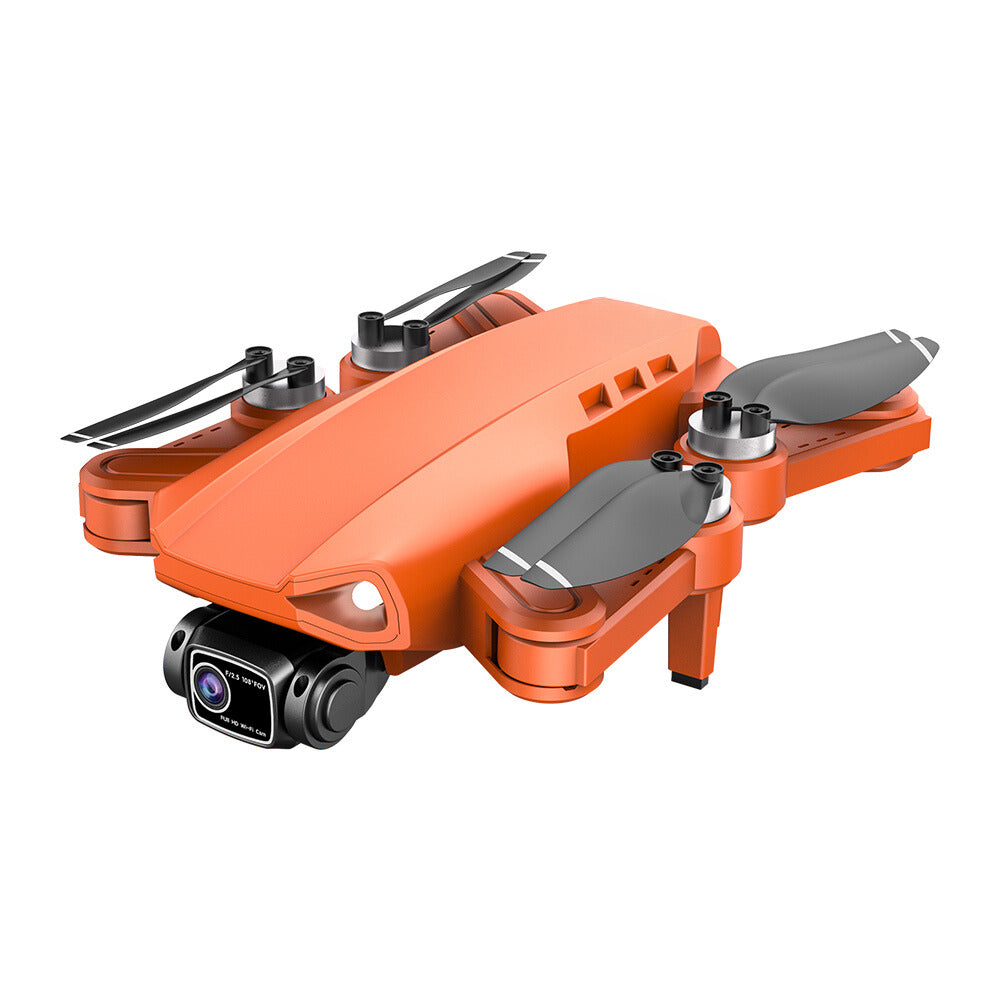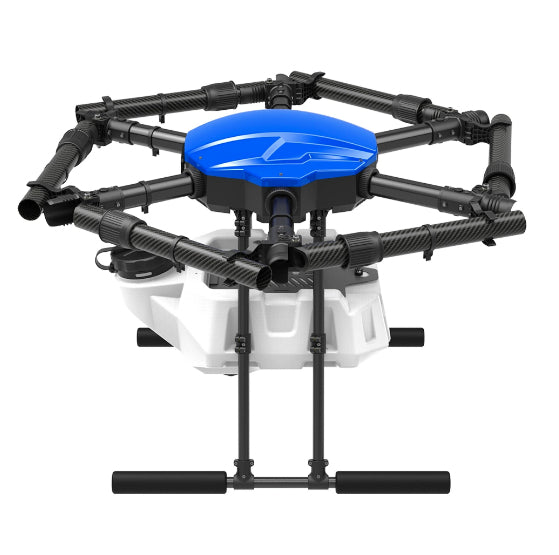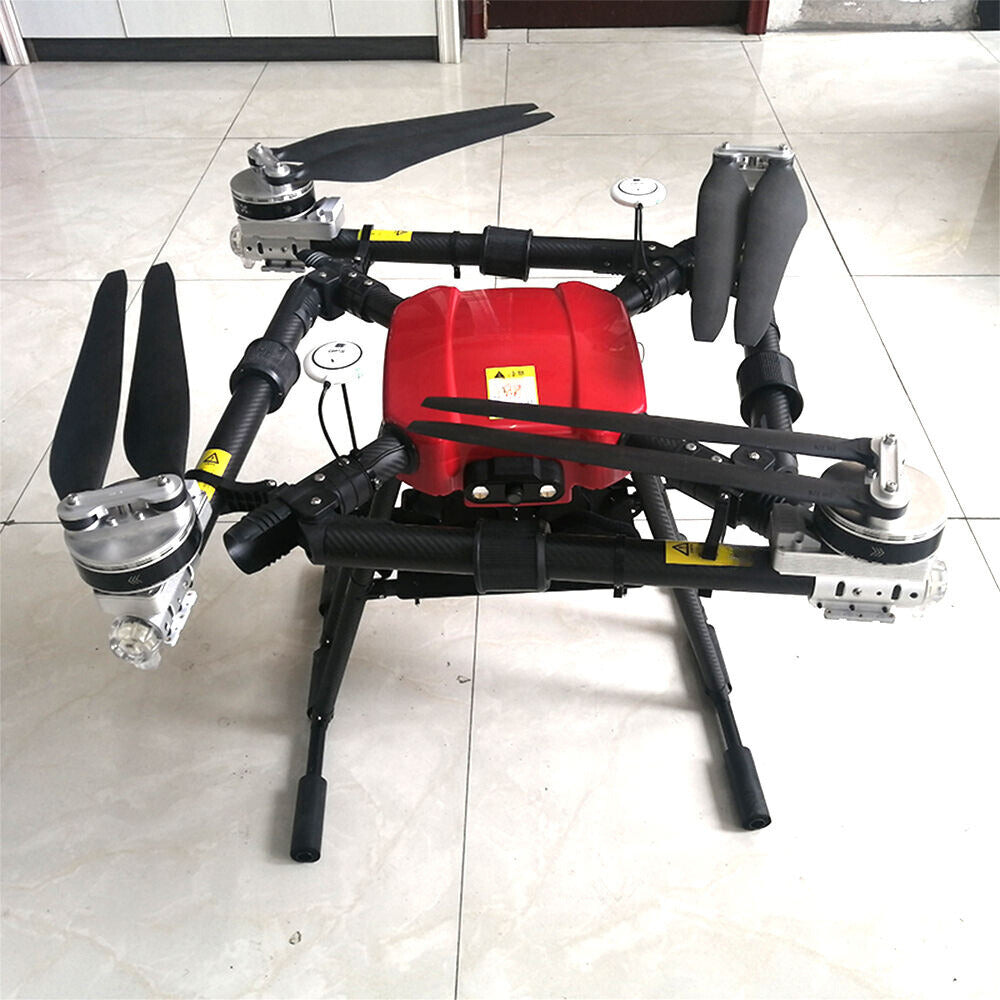Drones and Public Spaces: Navigating Legal and Safety Considerations
 SKYLINEPRO L900 Pro SE - HD 4K Drone
SKYLINEPRO L900 Pro SE - HD 4K Drone
Introduction
In recent years, the integration of drones into various industries has opened up a world of possibilities. From capturing breathtaking aerial views to revolutionizing agriculture and even underwater exploration, drones have proven to be versatile tools. However, as the popularity of drones continues to rise, so do the concerns surrounding their usage in public spaces. In this blog post, we will delve into the legal and safety considerations that come into play when operating drones, and we will also explore how ElectriRide's range of drones, including the SKYLINEPRO, AGRI-D, AQUATICA, and FEUGIAT, address these concerns.
- Understanding Legal Regulations
Operating drones in public spaces requires adherence to various laws and regulations to ensure the safety of individuals, property, and airspace. Laws may vary depending on the country or region, but some common considerations include:
-
Registration and Licensing: Many countries require drones to be registered, and operators may need to obtain licenses or permits. Ensuring that your drone is properly registered and that you have the necessary credentials is essential.
-
No-Fly Zones: Airports, government buildings, and other sensitive areas are often designated as no-fly zones for drones. Understanding and respecting these areas is crucial to prevent security breaches and potential accidents.
-
Flight Altitudes: Most regulations specify maximum flight altitudes for drones to avoid interfering with manned aircraft. Always adhere to these altitude limits to prevent collisions.
-
Privacy Laws: Respecting the privacy of individuals on the ground is paramount. Avoid flying over private property without permission and be mindful of capturing unintended footage.
- Safety First
Safety is of the utmost importance when operating drones in public spaces. Here are some key safety considerations:
-
Pre-Flight Checks: Before each flight, thoroughly inspect your drone for any physical damage or technical issues. Check the battery life and ensure that all components are functioning properly.
-
Weather Conditions: Adverse weather conditions can greatly affect a drone's stability and control. Avoid flying in strong winds, rain, or low visibility conditions.
-
Crowded Areas: Operating a drone in crowded places requires extra caution. Maintain a safe distance from people, vehicles, and structures to prevent accidents.
-
Emergency Procedures: Be prepared for emergencies. Know how to safely land the drone if you encounter any issues during flight.
-
Communication: If you're operating a drone in a team or in collaboration with others, clear communication is vital. Ensure that everyone involved understands their roles and responsibilities.
- ElectriRide's Drone Solutions
ElectriRide offers a diverse range of drones designed to meet the needs of different industries while prioritizing safety and legality:
-
SKYLINEPRO Camera Drone: The SKYLINEPRO is designed for stunning aerial photography and videography. Its advanced GPS technology assists in maintaining stable flight and accurate positioning, reducing the risk of straying into restricted areas.
-
AGRI-D Agricultural Drone: The AGRI-D is a game-changer for modern agriculture. With precision crop-spraying capabilities, it helps farmers increase efficiency and reduce chemical usage. The drone's intelligent mapping ensures that spraying is done accurately within designated areas.
-
AQUATICA Underwater Drone: The AQUATICA is built for underwater exploration and research. Its remote-operated capabilities allow for underwater inspections without putting human divers at risk. Obstacle avoidance systems prevent collisions and ensure safe navigation.
-
FEUGIAT Delivery Drone: The FEUGIAT streamlines the delivery process with its automated navigation and delivery systems. Stringent safety measures, including obstacle detection and avoidance, ensure the drone can navigate urban environments safely.
- Best Practices for Operating Drones in Public Spaces
To ensure a positive and responsible experience when operating drones in public spaces, follow these best practices:
-
Research Local Regulations: Familiarize yourself with the drone regulations specific to your area.
-
Choose the Right Location: Select open areas away from crowds and no-fly zones for drone flights.
-
Stay Informed: Keep up-to-date with the latest developments in drone laws and technologies.
-
Respect Privacy: Avoid capturing images or videos of individuals without their consent.
-
Emergency Plan: Have a plan in place for unexpected situations, such as equipment failure or signal loss.
Conclusion
Drones have undoubtedly transformed industries and the way we perceive the world around us. However, their integration into public spaces requires a responsible and safety-oriented approach. By understanding and complying with legal regulations, prioritizing safety measures, and choosing the right drone for the task, such as ElectriRide's SKYLINEPRO, AGRI-D, AQUATICA, and FEUGIAT drones, we can fully embrace the benefits of drones while ensuring the well-being of individuals and the environment. Remember, responsible drone operation today paves the way for a future where these remarkable devices can continue to soar to new heights.




